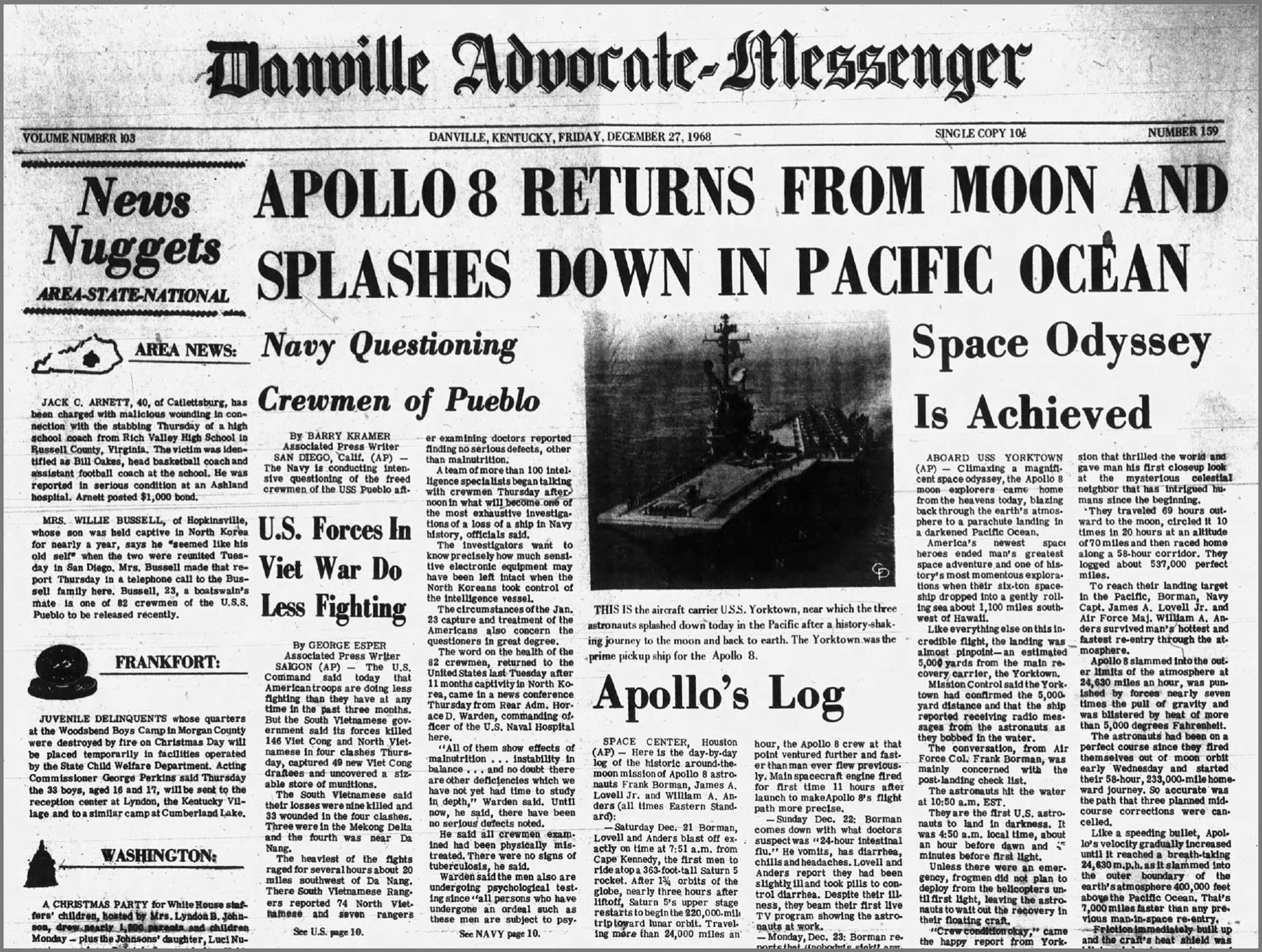This Halloween, go as an orangutan-loving, sustainable palm oil user
Published 9:10 am Monday, October 10, 2016
Orangutans are one of my favorite animals. They’re also critically endangered. Populations of both species of orangutan have shrunk by 60-80 percent since the mid-20th century.
I would love to protect orangutans and make sure they’re still around when our grandkids are running the planet. But orangutans live half a world away from me, and I’m just one person living in the middle of a very different place.
Sometimes we feel very far away from the animals that we love. It feels like our daily lives and their daily lives don’t intertwine. That’s true a lot of the time, but there are some ways that we are connected and we do have impacts.
For example, whenever you use a product that contains non-sustainably-harvested palm oil, you are having a direct effect on orangutans and other endangered animals.
Palm oil is an edible oil found in all kinds of foods, from candy to mayonnaise to ice cream to bread. It also shows up in other products such as detergent, lip stick, soap and even biodiesel fuel.
When palm oil is produced without concern for anything but profit, producers just cut down existing trees — in sensitive and important ecosystems for animals such as orangutans — and plant palm plants instead.
This leads to deforestation and loss of habitat for orangutans, tigers, rhinos and elephants.
While palm oil is grown in many different places, 85 percent of palm oil used today comes from Indonesia and Malaysia, where orangutans live. Orangutans also live in Boreno and Sumatra.
It’s crazy to think that we can have such an impact from the other side of the world, but we do. With our money, we make decisions, and depending on what products we are purchasing, we are sending a message to companies that sell products.
If we want people to stop clear cutting tropical rainforests, we need to tell them, and one of the loudest ways you can talk is with your wallet. That’s why it’s so important to purchase items made with sustainable palm oil.
Palm oil can be sneaky though, because it is often in things you might not think about. But one thing it is in a lot is candy, so I always think about sustainable palm oil when it gets close to Halloween.
Because it can be in so many items, it’s important to check labels when you shop. Check ingredient lists for palm oil and look for the Roundtable on Sustainable Palm Oil (RSPO) logo so you know that you are buying a product made with sustainable palm oil and you are helping save the lives of wild animals.
If you don’t see the RSPO logo, you can look for a Green Palm logo. That means the company doesn’t currently have certified sustainable palm oil, but that they are working to transition to using sustainable palm oil.
For more information about RSPO and sustainable palm oil, you can visit http://bit.ly/RSPOPalmOil.
If you don’t see one of those labels and palm oil is on the ingredients list, then it’s not certified sustainable and you shouldn’t buy that product. If I buy a product made with unsustainable palm oil, then I am telling the company that made the product that it’s okay to destroy the rainforest, because I’ll pay money for the product anyway.
That is definitely not a message I want to send.
When this palm oil issue first began getting mainstream attention, many people wanted to stop using palm oil all together. However, it’s not very difficult to produce palm oil in a sustainable way and if palm oil were to be abandoned entirely, the alternative products that people would make instead would be worse, potentially resulting in even worse loss of rainforests.
Instead, advocates decided to encourage the production of sustainable palm oil.
Please make sure you are checking your labels this Halloween — and please explain to others if you get a good chance why they should check their labels, too.







